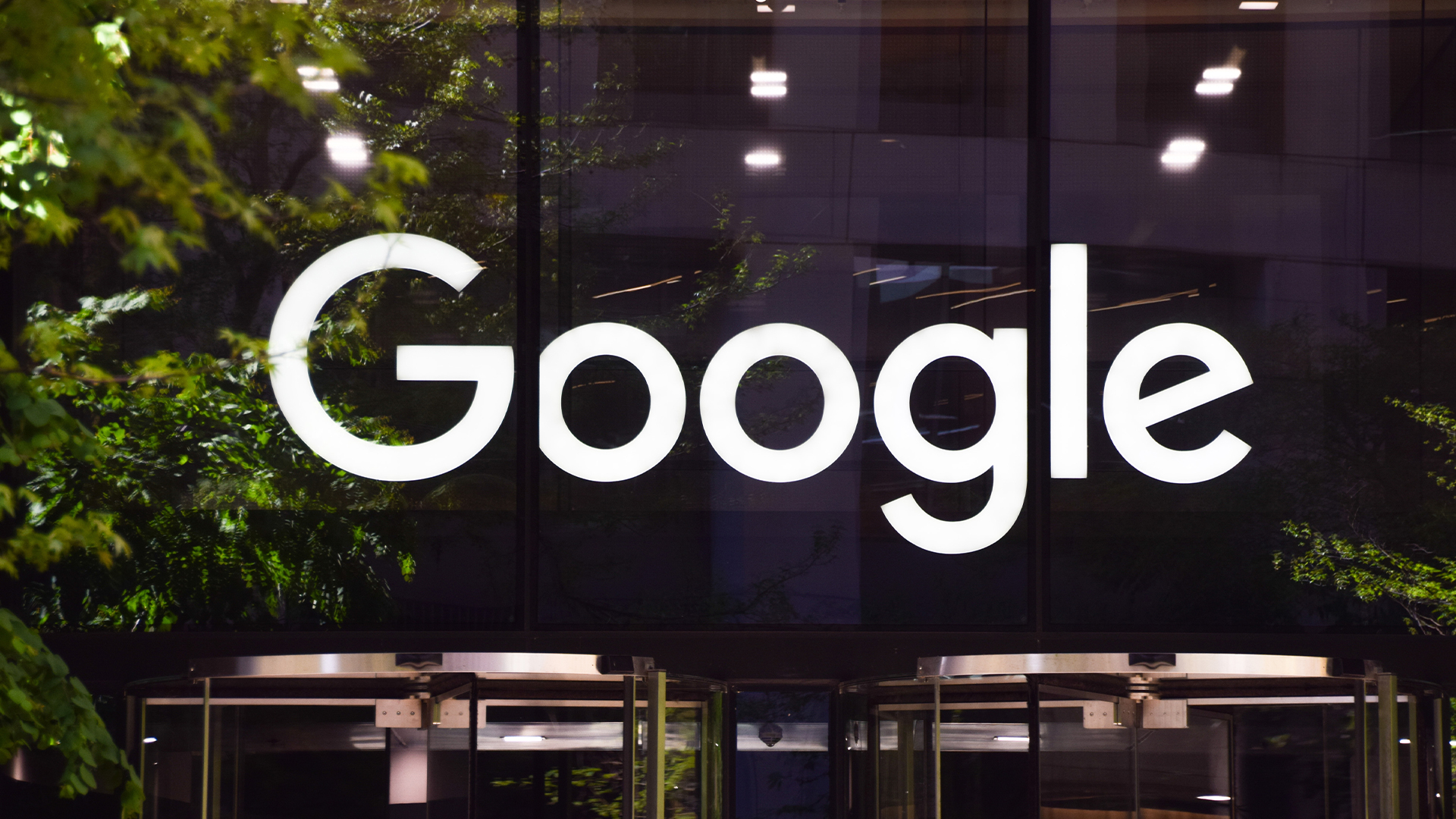Diverse hiring in tech: How the sector can lead by example
As the tech industry continues to evolve, there is an increasing recognition that diversity and inclusion are not just buzzwords but essential components for sustained success


In 2018, research from the Institution of Engineering and Technology indicated that nearly a third (30%) of workers under 23 who identified as lesbian, gay, bisexual, transgender, undefined, or asexual (LGBTUA+) avoided jobs in the tech sector for fear of discrimination.
Fast forward to 2024, and diversity and inclusion have become critical components of all thriving businesses, not just those in the tech sector. In its 2023 Diversity in Tech report, the Tech Talent Charter (TTC) found that with D&I (diversity and inclusion), 53% of the businesses collect data on neurodivergence, 66% on orientation, 91% on ethnicity, and 98% on gender.
The report concludes: "The UK tech ecosystem is the natural home of innovation, in both technology and people practices. If we can successfully pursue the interdependent goals of D&I in tech, and a highly skilled tech workforce, we could turbo-charge economic growth and opportunity for all.”
Speaking to ITPro, Aimee Treasure, marketing and D&I director at Templeton and Partners, explains their company's approach.
"In 2024, most companies are now aware of the benefits of a diverse and inclusive workplace, Templeton was founded on the principle of D&I. BAME-founded and female-led. We use diverse, unbiased assessment methods to measure candidate skills, knowledge, and potential truly."
More, of course, can be done as techUK's current findings show that women only comprise a sixth of IT professionals working today. However, over the past few years, there has been a concerted effort to address the underrepresentation of women in tech, alongside other marginalized groups.
The industry is now making significant strides towards fostering a more inclusive environment through various initiatives, policies, and cultural changes. HP, for example, was one of the first companies to start a resource group for its LGBTQ+ employees. Other companies have formed similar initiatives such as Cloudflare's network Proudflare.
Sign up today and you will receive a free copy of our Future Focus 2025 report - the leading guidance on AI, cybersecurity and other IT challenges as per 700+ senior executives
Similar efforts are being made to improve accessibility in tech, with opportunities provided by remote work, though accessible tech remains expensive and experts continue to call for leaders to better understand accessibility demands.
Businesses don't have to figure out diversity and inclusion initiatives alone. For example, Alex Pusenjak, global VP of people and culture at Fluent Commerce, has several partnerships:
"Businesses must look for opportunities to align with other organizations that empower women. They can provide clear guidance and structures, giving something to work towards. For example, we signed the 'Women in MACH manifesto' for gender equality, which was collectively developed by over 100 women in technology and a select few male allies attending the first-ever international Women in MACH event in September 2022."
People power to improve diversity in tech
Recruitment practices within the tech industry have evolved to seek diverse talent actively. Companies are expanding their recruitment efforts beyond traditional channels to attract candidates from various backgrounds. Job postings now emphasize inclusivity, and some organizations are even implementing blind hiring processes to eliminate unconscious biases.
Additionally, partnerships with organizations dedicated to promoting diversity in STEM fields help tech companies tap into a broader talent pool.
By providing opportunities for students and professionals from underrepresented groups, these programs serve as pipelines for talent in the industry. Companies often collaborate with educational institutions and non-profit organizations to establish these initiatives, creating pathways for individuals who may not have otherwise considered a tech career. These programs also help tech businesses alleviate the chronic shortage of skills that still plague the sector across areas like cybersecurity, data, and cloud.
“Tech has traditionally been a male-dominated industry and it cannot wait until the next generation of talent for a more diverse workforce,” Pedro Teixeira, human engineer at Mindera tells ITPro.
“Instead, the tech sector must invest in reskilling initiatives for adults, especially those that are under-represented in technology like women, people from the BAME community, neurodivergent people, and other marginalized groups. If companies don’t create and invest in these initiatives, the talent pool for the technology industry will remain as it has always been.”
The hiring process has also changed over the last few years as businesses strive to diversify their workforce.
“Language plays a massive role in the hiring process, and women have often been deterred from applying for jobs that use 'masculine' language in their applications," says Julia Sinclair, head of product at CapitalRise. "To combat this and encourage a more diverse range of applicants, we use technology such as 'gender decoders' to ensure our job specifications are not gender coded in any way. As we continue to scale up, our focus remains on attracting and retaining the best talent possible, and these tools are a pivotal part of this strategy."
Changing workplace cultures
The shift in the tech sector towards more inclusion and diversity is happening, but experts warn that many companies still misunderstand the practical steps they need to take. "Simply adding an equal opportunities statement to job adverts will not see diverse applicants flooding to apply,” says Treasure.
“Diverse candidates need to feel that a potential employer understands them truly, values the variety of perspectives and experiences they bring to the table, and will provide them with a positive career experience that starts from day one of the recruitment process."
Having someone within an organization that drives inclusion and diversity can be highly effective, as Gwen Kolader, head of diversity, equity, and inclusion at Hexaware, outlines to ITPro.
"We proactively drive diversity and inclusion in several ways, from our Employee Resource Groups (ERGs) to a range of programmes and initiatives. Since taking on the role of Head of Diversity 18 months ago, we have been deepening our cultural intelligence and expanding our horizons.
Kolader warns against “single” actions like installing a head of diversity within the C-suite, urging leaders to instead commit to an ongoing diversification journey.
“To get going, enterprises should focus on getting leadership on board, fostering a mindset of ongoing improvement, staying accountable, and tracking progress,” she suggests. “These steps will enable organizations to become fully inclusive and diverse."
Sinclair's pursuit of a diverse and inclusive workforce has come from the top, as CapiralRise is a female-led business headed up by CEO Uma Rajah. “In turn, CapitalRise also has an entirely female-led Product Engineering team, which is typically a male-dominated sector,” she tells ITPro.
“Further, the business also makes a concerted effort to hire from a diverse range of backgrounds more broadly, whether that means cultural and ethnic backgrounds or career backgrounds and experience. Women in tech roles, for example, tend to have a higher attrition rate than men, so in our eyes, providing strong role models, sponsors, and coaches within the workplace can help to even out those numbers."
The tech industry's commitment to diversity and inclusion is evident in the myriad initiatives and changes taking place. From implementing comprehensive D&I programs to reshaping recruitment practices and fostering diverse leadership, tech companies are actively working towards creating more inclusive work environments.
While there is still much work to be done, the industry's dedication to this cause marks a positive shift toward a future where tech companies have truly diverse and inclusive workforces.
David Howell is a freelance writer, journalist, broadcaster and content creator helping enterprises communicate.
Focussing on business and technology, he has a particular interest in how enterprises are using technology to connect with their customers using AI, VR and mobile innovation.
His work over the past 30 years has appeared in the national press and a diverse range of business and technology publications. You can follow David on LinkedIn.
-
 Google is scrapping its dark web report feature
Google is scrapping its dark web report featureNews Google said while the dark web report feature offered “general information”, the tool didn’t provide “helpful next steps” for users potentially impacted by a breach.
-
 AI means you're probably going to need bigger developer teams
AI means you're probably going to need bigger developer teamsAnalysis Software developers may be forgiven for worrying about their jobs in 2025, but the end result of AI adoption will probably be larger teams, not an onslaught of job cuts.
